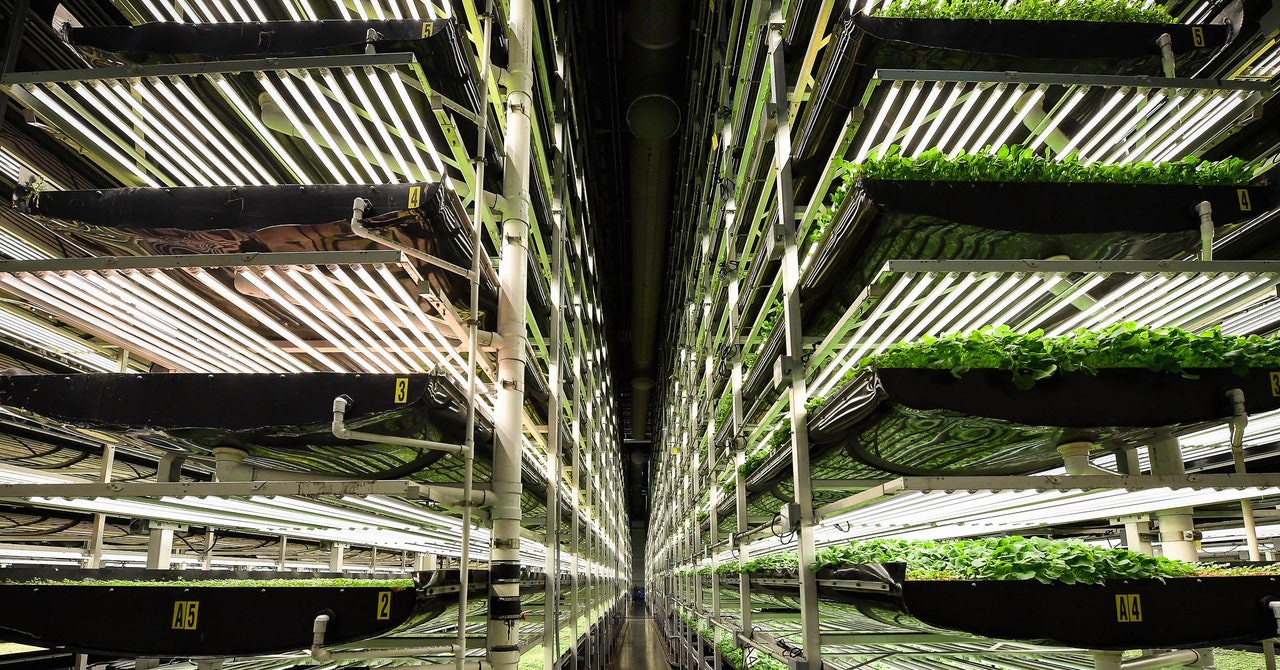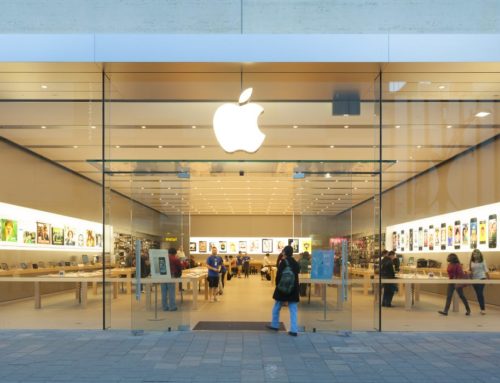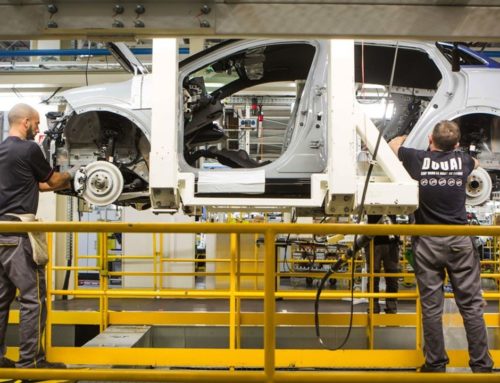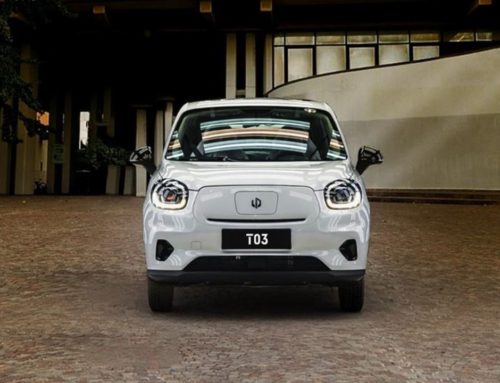 Most vertical farms grow herbs, shoots, and other leafy salad vegetables. Leafy greens are the industry’s go-to produce because they grow quickly under LEDs and have a short shelf life and premium price point. But with inflation high, consumers might prefer to forgo expensive vertically farmed herbs for something a little more budget-friendly. That’s particularly true for European vertical farms. “The European market is a difficult place for vertical farming because there’s so much competition from crops that are grown in fields or greenhouses,” says van Rijswick.
Most vertical farms grow herbs, shoots, and other leafy salad vegetables. Leafy greens are the industry’s go-to produce because they grow quickly under LEDs and have a short shelf life and premium price point. But with inflation high, consumers might prefer to forgo expensive vertically farmed herbs for something a little more budget-friendly. That’s particularly true for European vertical farms. “The European market is a difficult place for vertical farming because there’s so much competition from crops that are grown in fields or greenhouses,” says van Rijswick.
Vertical farms might stand a better chance of surviving if they look further afield, to countries where energy is cheap and growing crops outside is difficult. One obvious place is the Middle East. Gulf Cooperation Council countries—a group made up of Saudi Arabia, Bahrain, Kuwait, Oman, Qatar, and the United Arab Emirates—import around 85 percent of all their food and 56 percent of their vegetables. “When choosing new markets to expand to and establish a farm, we are going to look to places that have an increasing need for food production and food security,” Infarm founder Erez Galonska told the Vertical Farming Congress in Abu Dhabi on December 14. One of the world’s largest vertical farms opened earlier this year in Dubai. The facility is nearly three times the size of Infarm’s Bedford growing center and supplies leafy greens for the Emirates airline and local stores.
Outside of the Middle East, vertical farms might have a tougher time making themselves useful. In 2020, Ben Pieterse cofounded a vertical farm startup called Glowfarms. He managed to raise €750,000 ($799,000)—enough to build a proof-of-concept farm in the Netherlands. But while Pieterse was subsequently trying to raise €5 million ($5.3 million) for a commercial-scale pilot farm, the energy crisis started to bite. Initially he budgeted €0.07 per kilowatt-hour (kWh) for electricity costs, but as prices kept rising he had to revise his estimates to €0.40 per kWh. His attempts to raise money started to fall through, and in early November he shuttered the startup. “Right now the circumstances are very bad for vertical farms,” he says.
Consumers in the West might have seen vertical farming displays in restaurants and high-end grocery stores, but the technology really hasn’t transformed agriculture in the way that its early proponents promised. For a long time the industry has touted itself as a more sustainable way to grow vegetables, but all the energy needed to light up those LED bulbs means that vegetables grown on vertical farms can 2222end up having higher CO2 emissions than those grown in open fields and trucked hundreds of miles to their final destination. In a world where all electricity is generated by renewables, those emissions would be much lower, but that’s not the world we’re living in right now. However, vertical farms use a lot less water and pesticides than open fields, which is another reason why water-stressed regions are so interested in the technology.
“I hoped that the impact of vertical farming could—and would—be bigger than it currently is,” Pieterse says. Europe’s energy crisis has exposed some of the flaws in vertical farming that were just waiting to come to the surface. “I think in the coming year more realism will really kick in,” says Van Rijswick. Energy prices in Europe will eventually go down again, but 2022 has demonstrated that such an energy-intensive industry will always be vulnerable to fluctuations in electricity prices unless farms can find a way to generate their own power. This is another reason why Gulf states—which tend to have more stable electricity prices thanks to huge reserves of oil and gas—are starting to look more attractive to vertical farm producers.
But Europe’s experiment with vertical farming might not be completely over. Both van Rijswick and Pieterse agree that the technology might end up having an impact, just not necessarily in a way that you’ll notice in your salad bowl. LED-powered farms could be paired with traditional agriculture to rapidly grow young plants or grow a lot of plants for use in research, van Rijswick says. As for a future where vast amounts of vegetables are grown in warehouses under LED lights all over the world? Maybe don’t hold your breath.
Lire l’article complet sur : www.wired.com







Leave A Comment